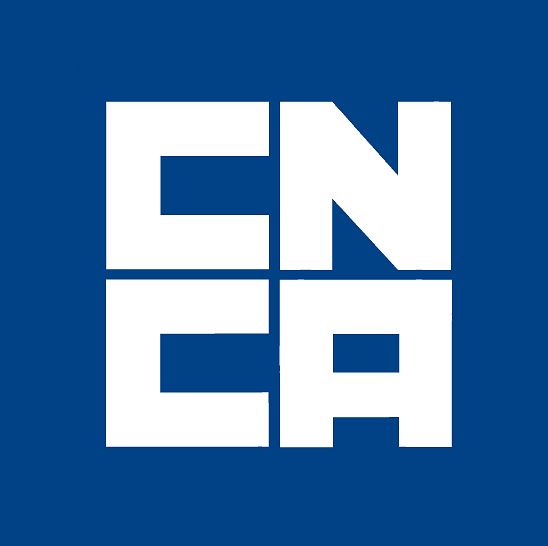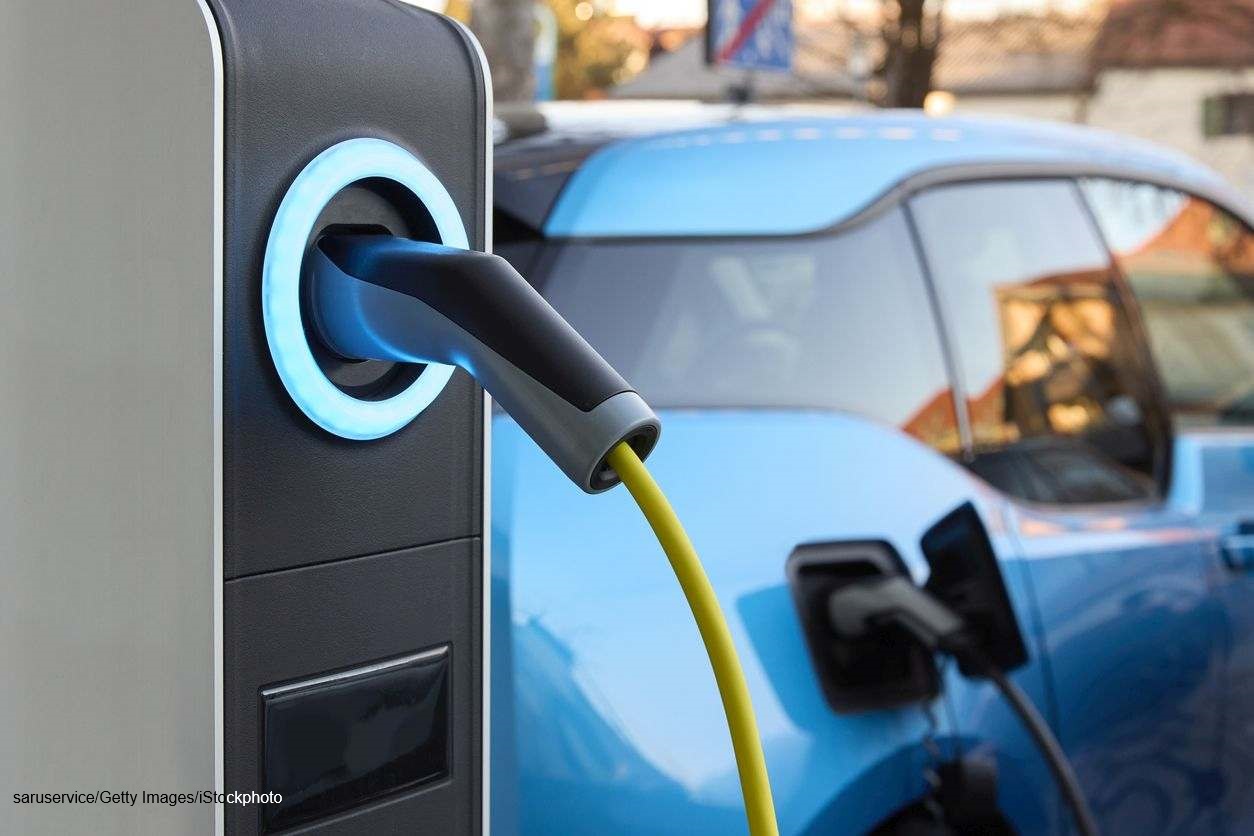CQC: New Implementation Rules for the Voluntary CQC Mark Certification of Conductive Charging Systems for Electric Vehicles
20. July 2016As announced by the SAC (Standardization Administration of the People’s Republic of China) and the AQSIQ (General Administration of Quality Supervision, Inspection and Quarantine of the People’s Republic of China) in their 40th announcement on December 28 in 2015, the GB standard for “Conductive Charging Systems for Electric Vehicles – Part 1: General Requirements” has changed. The change came into force on January 1st, 2016. Here, you can read more about the changes.
On July 4th of 2015 the CQC published further information on the respective implementation rules. Affected are those Implementation Rules for external, cable-linked charging systems (CQC14-464232-2016) as well as those for In-cable control and protection devices (IC-CPDs) (CQC14-464233-2016).
The Implementation Rules CQC14-464232-2016 for external, cable-linked charging systems were built upon the standards GB/T 18487.1-2015, GB/T 33001-2010, NB/T 33008.1-2013 as well as GB/T 27930-2015, and encompass the following major changes:
- The former GB/T 18487.1-2001 has been replaced by GB/T 18487.1-2015.
- GB/T 27930-2015 has been taken into account for the first time.
- The Implementation Rules have been extended by a new implementation mode, “Mode 1”.
- The certification as such stays valid as long as it is enforced in accordance with certification “Mode 1” or “Mode 2”. The corresponding product tests (Mode 3) have to be repeated annually.
- Furthermore, the requirements for the quality assuring factory inspection have been updated.
The Implementation Rules CQC14-464233-2016 for IC-CPD are built upon the standards GB/T 18487.1-2015, GB 16916.1-2014, GB 22794-2008. In contrast to the latter, the standards GB 16916.1-2014 and GB 22794-2008 have been taken into account for the first time. Both, standard GB/T 18487.3-2001 and GB 20044-2012 on the other hand did not fall into consideration anymore.
The major change for both Implementation Rules is the addition of a further certification mode.
Mode 1:
The essence of the fundamental amendment is that from now on companies are able to receive their CQC certificate prior to the first factory inspection. The factory “merely” has to pass the product tests. The subsequent first factory inspection is nevertheless called “follow-up inspection”.
However, companies still have the opportunity to follow the traditional certification procedure.
Mode 2:
After the application has been submitted, the factory undergoes the usual initial factory inspection. Afterwards (or at the same time) the product tests are conducted. The
CQC certificate will be issued after both, the audit and the tests, have been passed successfully.
Regardless of the certification mode it is necessary to undergo an annual follow-up inspection in order to maintain the certificates’ validity.
If you have any questions about the voluntary CQC certification we will gladly support you. Please just give us a call: UK: +44 2071931135, Rest of Europe: +49 692713769150, US: +1 773 654-2673, or send us an e-mail.
Together we will evaluate the opportunities the voluntary CQC certification provides to your company and support you to exploit them in the most efficient way.
For further information about the CQC certification you may also take a look at our website.











